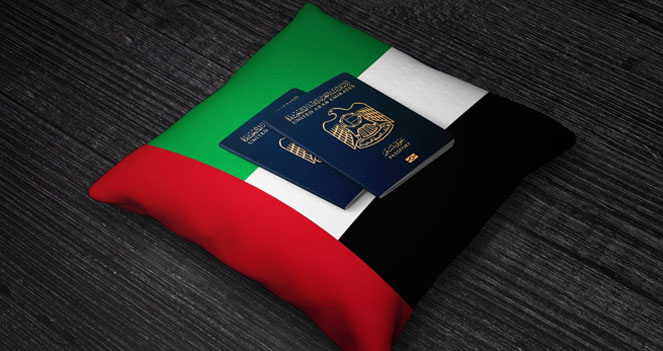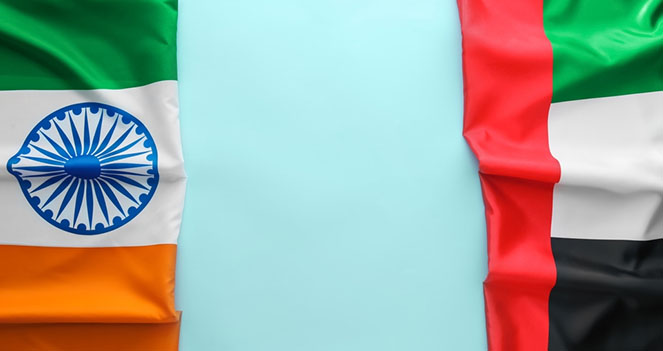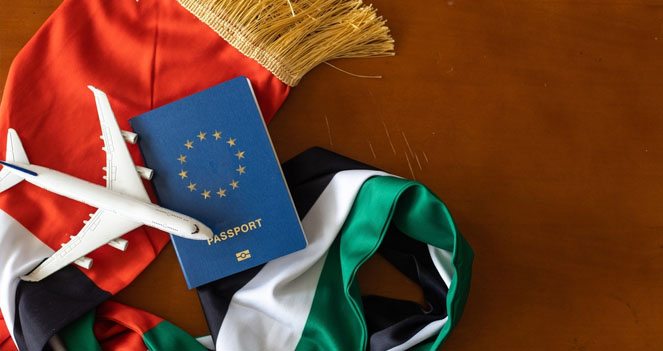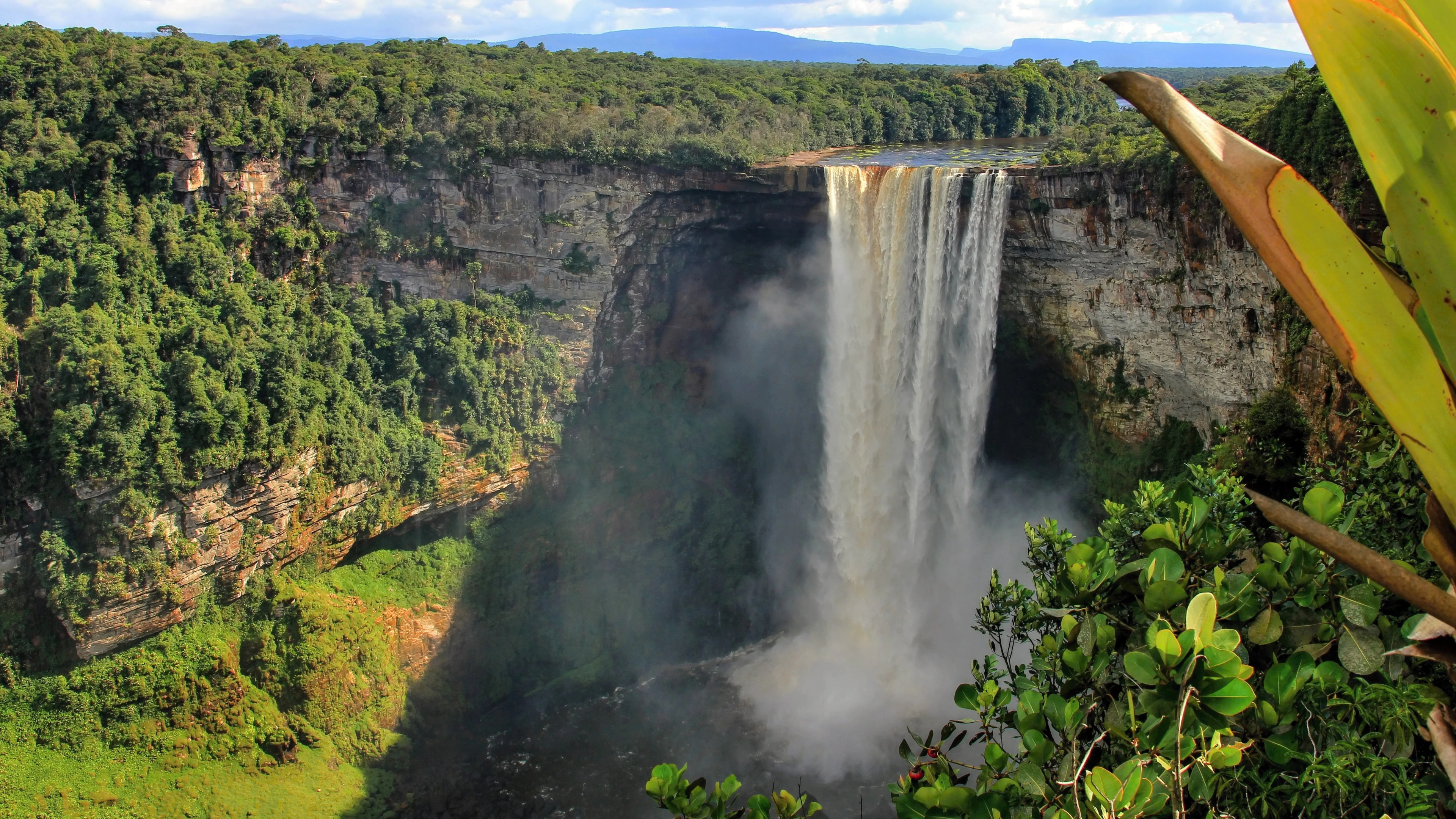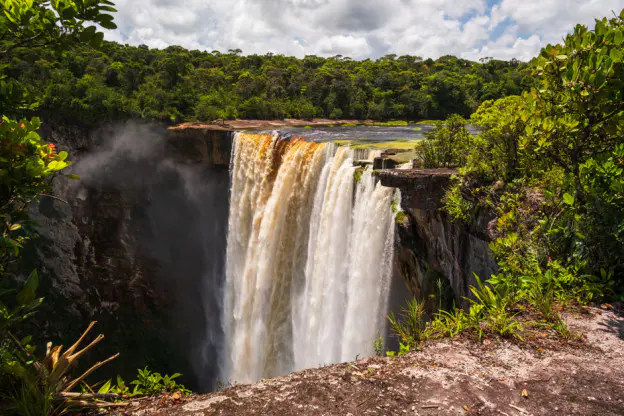
Welcome to VisitsVisa! Embark on your journey to Guyana with ease through VisitsVisa, your trusted partner in visa processing. Our mission is to simplify the visa application process, eliminating unnecessary delays and complications. Whether you're traveling for leisure, business, cultural exploration, or family visits, our user-friendly online platform ensures a smooth experience from start to finish. With our streamlined e-visa system, you can apply for your Guyana visa from the comfort of your home, avoiding the hassle of traditional paperwork. Our 24/7 customer support team is dedicated to assisting you at every step, ensuring a stress-free application process.


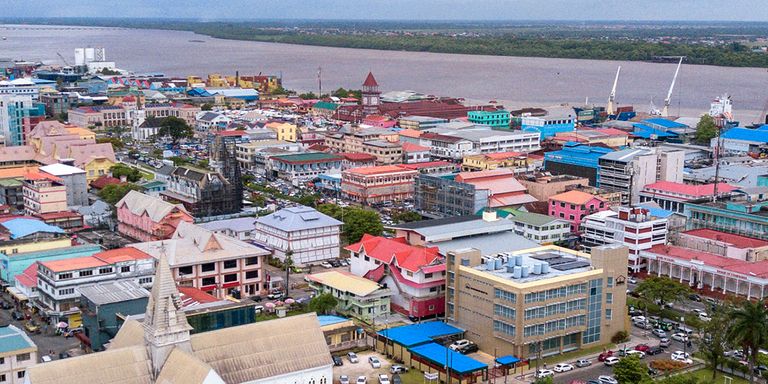
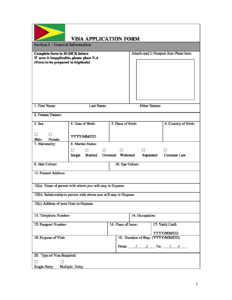
 Qatar
Qatar 

